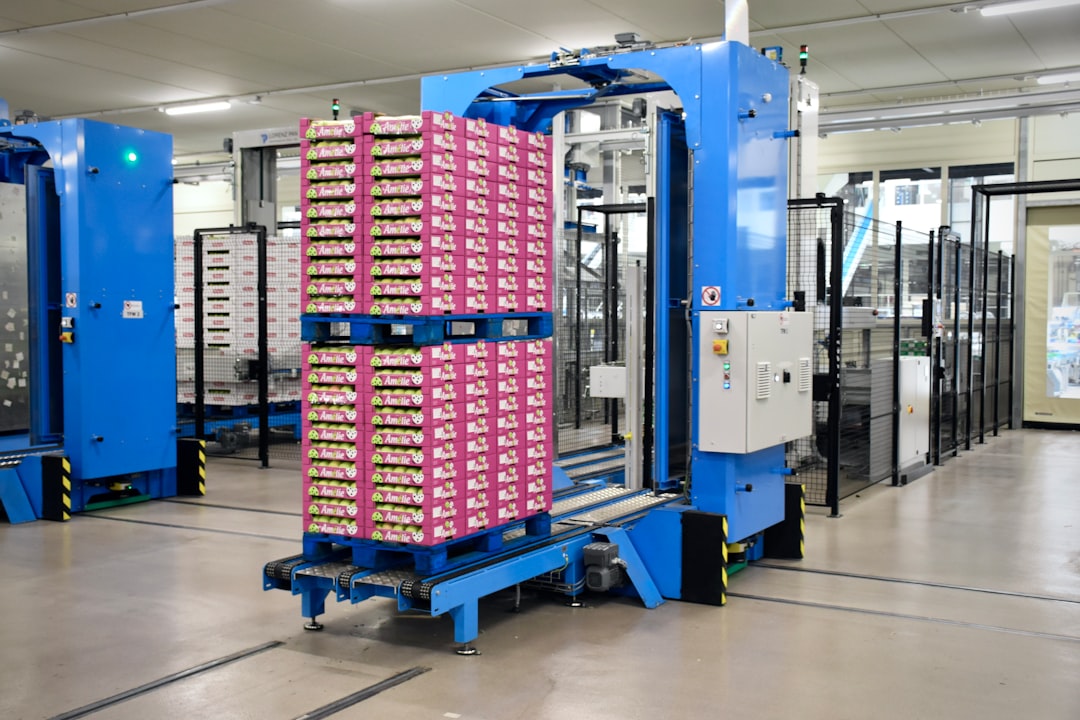What is it about?
This article discusses how data quality affects decision-making in industries where outcomes are uncertain and difficult to control, such as forestry. Often, inaccurate data is assumed to be accurate, leading to increased uncertainty and the need for more replanning efforts. The article proposes a method for evaluating whether the data used for planning decisions is appropriate and suggests a classification system to evaluate the level of data quality. This classification system provides insights into the level of uncertainty associated with the data and can help improve decision-making. The method is demonstrated through a theoretical case and a practical case in the forest sector. Ultimately, the article shows how data quality classification can improve decisions in a transportation problem.
Featured Image

Photo by Claudio Schwarz on Unsplash
Why is it important?
Using a classification method allows industrials to understand better and include data quality in their decisions. Because the method considers the usual state of data quality, the result gives insight into the quality levels compared to what the company is used to.
Perspectives
I personally found that in practice level of data quality is difficult to interpret by decision-makers. A percentage can be interpreted differently whereas knowing the data you are looking at is 'Good' compared to the accuracy you usually have is more telling. Furthermore, an 80% accuracy can be excellent in certain industries and really poor in others, justifying the need for an adaptive method.
Vanessa Simard
Universite Laval
Read the Original
This page is a summary of: A Method to Classify Data Quality for Decision Making Under Uncertainty, Journal of Data and Information Quality, April 2023, ACM (Association for Computing Machinery),
DOI: 10.1145/3592534.
You can read the full text:
Contributors
The following have contributed to this page










